Walnut is an extremely valued fruit species all over the world. Walnut kernels are among the most important and richest oil-protein products. The walnut kernel contains 60% of oil, and of all fatty acids, unsaturated fatty acids represent 85.5 to 92%. Protein has from 15 to 22%. Contains vitamins E, C, A, B1, B2, PP. In addition, walnut wood, which is used for making furniture, veneers and parquet, is extremely valued. It fetches an extremely high price on the market.
Common, domestic, Persian or Greek walnut is a fruit of the northern hemisphere. Based on excavations, it is known that it grew tens of millions of years ago in Asia and Europe.
The planting interval of walnut seedlings depends on the variety of walnut, ie on the method of cropping. With walnuts, we distinguish three types of varieties: lateral, terminal and transitional type. Varieties that produce terminally are planted at a distance of 10-14 m x 10 – 14 m in a row arranged in an equilateral triangle, and varieties that produce laterally are planted at a distance of 6 m x 4.50 -6.00 m in a row, and the transitional type 10-14 m x 12 – 14 m arranged in an equilateral triangle.
Our walnut seedlings are produced and grown in our nursery. We use the starting material, grafted buds and substrates for the production of walnut seedlings from our mother plants, which were planted from walnut seedlings that meet all the phytosanitary standards of the Republic of Serbia and the European Union. For walnut seedlings, we have all the certificates issued by the Ministry of Agriculture, Forestry and Water Management of the Republic of Serbia.
Showing all 10 results
-
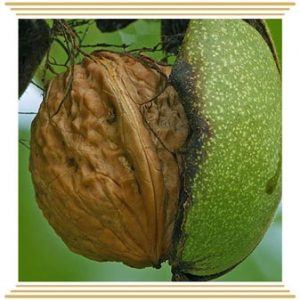
CHAMPION walnut fruit seedlings
Read more -
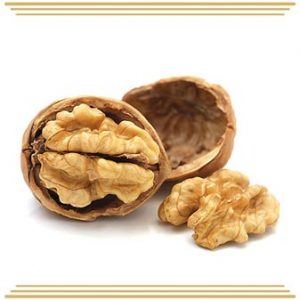
CHANDLER walnut fruit seedlings
Read more -
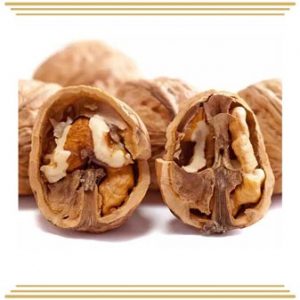
DOMESTIC WALNUT ie JUGLANS REGIA walnut fruit seedlings
Read more -

FRANQUETTE walnut fruit seedlings
Read more -
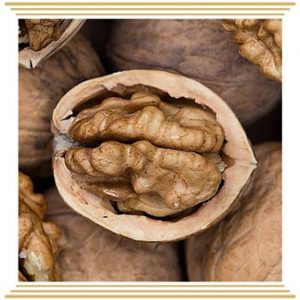
G 139 walnut fruit seedlings
Read more -
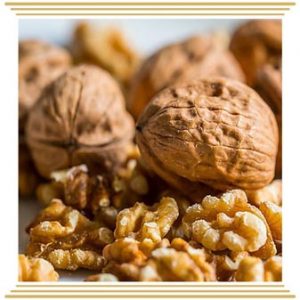
JUPITER walnut fruit seedlings
Read more -
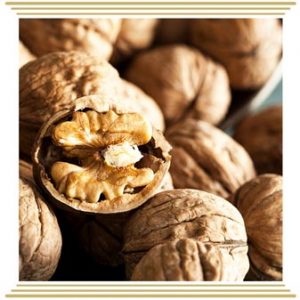
MIRE walnut fruit seedlings
Read more -

RASNA walnut fruit seedlings
Read more -

SEINOVO walnut fruit seedlings
Read more -
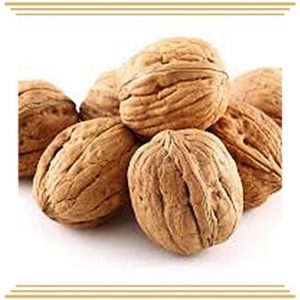
SREM walnut fruit seedlings
Read more


